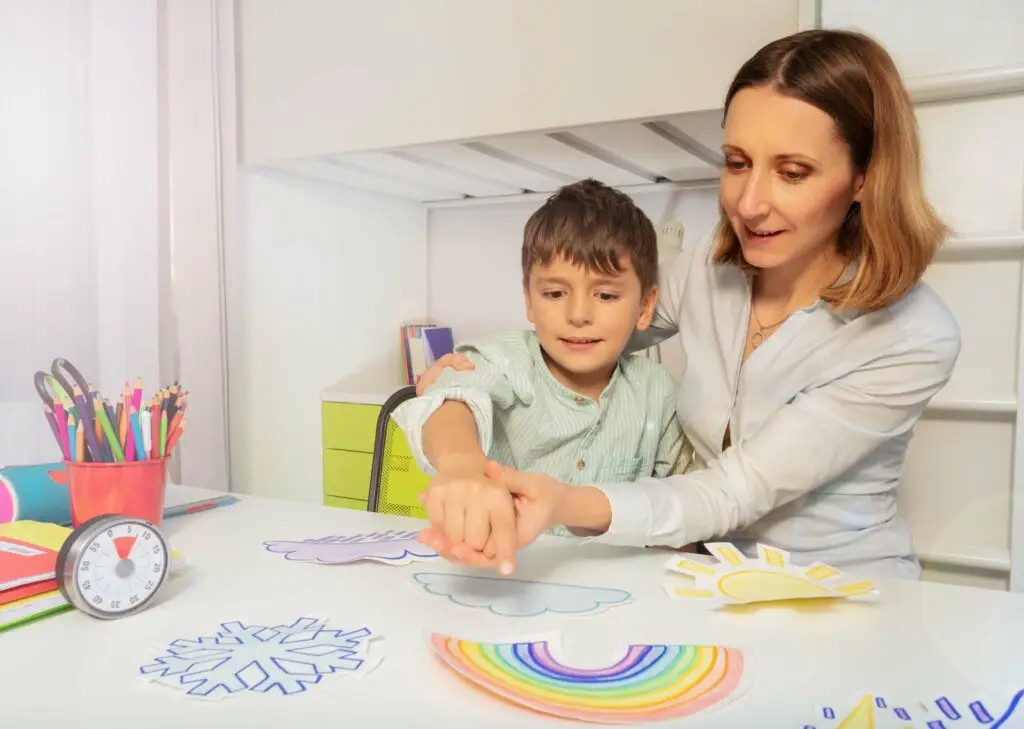Autism spectrum disorder (ASD) is a condition that impacts brain development and affects a person’s ability to socialize, communicate, learn, and behave. Because each person with autism has their own set of unique symptoms, the level of care you may require is split into three different autism spectrum disorder levels. These levels help to assess the severity of symptoms and provide the right amount of care for your needs.
While ASD can be identified at any point in life, it is called a “developmental disorder” because the signs typically become evident during the first two years of childhood.
If you or someone you know may have autism spectrum disorder (ASD), you might be feeling a mix of emotions right now—curiosity, concern, or perhaps a deep desire to better understand what ASD consists of.
This guide will walk you through the various levels of ASD, the unique challenges and strengths at each level, and the standard treatment options that can make the most difference.
This is your complete guide to navigating the levels of autism spectrum disorder.
What are autism spectrum disorder levels?
Autism spectrum disorder is a developmental condition that affects how a person communicates, interacts socially and processes information. The spectrum nature of autism means that it manifests differently in each person, with varying degrees of severity.
The levels of autism spectrum disorder describe the amount of support someone might need in their daily life. Understanding these levels can help you identify the best ways to support yourself or your loved one.
Level 1: Requiring support
Overview:
Level 1 autism spectrum disorder is the least severe and is sometimes referred to as “high-functioning” autism. At this level, you might struggle with social interactions and may find it hard to organize and plan activities.
Daily life:
With Level 1 ASD, you might have difficulties with social cues, like understanding body language or the nuances of conversation. You can appear awkward in social situations and prefer routines or structured environments. Daily life could mean needing help with planning, time management, or navigating social scenarios.
Treatment and support:
Online behavioral therapy, social skills training, and cognitive-behavioral therapy (CBT) are often helpful. These therapies can help improve your communication, develop organizational skills, and ease anxiety in social situations.

Level 2: Requiring substantial support
Overview:
At Level 2, you will need more support, especially in social settings. You may have more significant communication difficulties and exhibit more noticeable repetitive behaviors.
Daily Life:
With Level 2 ASD, your daily life might include challenges with verbal and nonverbal communication. You may struggle to start or maintain conversations and might be more reliant on routines to manage anxiety or sensory sensitivities. Changes in routine can be particularly distressing, and you might exhibit more repetitive behaviors, such as hand-flapping or rocking.
Treatment and support:
Speech therapy, occupational therapy, and behavioral interventions are often recommended for Level 2 ASD. These therapies aim to improve communication, reduce repetitive behaviors, and help you manage sensory issues.
Level 3: Requiring very substantial support
Overview:
Level 3 autism spectrum disorder is the most severe. At this level, you require significant support in almost every aspect of daily life. Communication is often limited, and you may struggle with intense sensory issues.
Daily life:
With Level 3 ASD, you may have minimal verbal communication, often relying on alternative methods such as pictures or assistive technology to communicate.
You may exhibit severe difficulties in social interactions and require a highly structured environment. Repetitive behaviors are more intense and can interfere significantly with daily activities.
Treatment and support:
For Level 3 ASD, intensive online therapy is often necessary. This can include speech therapy, occupational therapy, and applied behavior analysis (ABA) therapy. Sensory integration therapy can also be beneficial in managing sensory processing issues.
Consistent support, structure, and specialized care are crucial, and online therapy with Makin Wellness can be a vital component of this care, offering flexibility and continuous support.

How to obtain a formal diagnosis for ASD
Obtaining a formal diagnosis of autism spectrum disorder is a crucial step in getting the proper support and treatment. The process typically involves several steps:
1. Initial screening
- Pediatricians or general practitioners may conduct an initial screening if autism is suspected based on developmental milestones and behavior.
2. Full assessment or evaluation
- A specialist, such as a developmental pediatrician, psychologist, or neurologist, conducts a thorough evaluation. This may include standardized tests, observations, and interviews with family members.
3. Diagnosis
- Based on the evaluation, a formal diagnosis is made, specifying the level of severity and any specific types of autism spectrum disorder.
4. Accessing support
- Once diagnosed, you can access various services, including online therapy, educational support, and medical interventions. A formal diagnosis is often necessary to qualify for these services.
The benefits of a formal diagnosis
A formal diagnosis of autism spectrum disorder can be life-changing. It opens the door to specialized services, educational accommodations, and financial support. It also provides clarity and understanding, helping you or your loved one better navigate daily life and social interactions with presenting symptoms.
With a diagnosis, you can build a support system tailored to your or your loved one’s specific needs, including therapies that can significantly improve quality of life.

How online therapy with Makin Wellness can help
Living with autism spectrum disorder can present unique challenges. There is helpful support out there, regardless of the level of support you seek. Online applied behavior analysis therapy with Makin Wellness offers a flexible and supportive environment in which to work on the skills and strategies needed to manage symptoms and improve daily life.
Online therapy is particularly beneficial for you if you have autism, providing the opportunity to receive care in a familiar and comfortable setting, which can reduce anxiety and improve outcomes.
Benefits of online therapy for autism
- Comfort of your own space: Therapy sessions are conducted from your home, which can be less overwhelming than traveling to a clinic. This helps eliminate sensory overload issues with new environments or textures.
- Flexible scheduling: Online therapy allows you to schedule sessions at times that work best for you, making it easier to incorporate into your routine. This is true, especially for unexpected delays that can come up when rushing to an in-person appointment.
- Customized support: Online therapy plans are tailored to your specific needs, helping you or your loved one develop the skills needed to thrive. Working with you to identify your unique needs and provide personalized support is what we do.
- Continuous support: Online therapy provides consistent access to support, ensuring that progress is made and maintained over time.
At Makin Wellness, we understand the unique needs of those with autism spectrum disorder and are committed to providing the best possible care. Whether you’re seeking support for yourself or a loved one, our experienced therapists are here to help.
Conclusion: Empowering your journey
Understanding the autism spectrum disorder levels is an essential part of ensuring you or your loved one receives the proper support for your unique needs. By gaining insight into the specific challenges and strengths at each level of ASD, you can make informed decisions about treatment options and support strategies.
Whether you’ve received a formal diagnosis or are just starting to obtain support, the information in this guide can help you move forward with confidence and hope.
Are you ready to start online therapy for ASD?
Call us at (833)-274-heal or start here to make an appointment with an online applied behavior analysis therapist who can create a personalized plan based on where you are now and your future goals.







